Voyage to the Moon (Musica Viva/Victorian Opera) ★★★1/2
In this era of the jukebox musical, it is not surprising that the seventeenth- and eighteenth-century equivalent, the pasticcio opera, should be undergoing a revival. A couple of seasons ago, New York's Metropolitan Opera created a version, The Enchanted Island, which received a mainly positive response. Now Musica Viva and Victorian Opera have combined to produce their own version, Voyage to the Moon.
In the seventeenth and eighteenth centuries, opera scores and libretti were not set in stone. Amendments and additions were constantly made. Star singers travelled with what were called trunk arias, favorite showstoppers that they would insert willy-nilly into any opera they were performing. Mozart himself wrote alternate arias for singers to interpolate into his operas. Not too long ago, Cecilia Bartoli caused a mini-sensation and had a major falling out with director Jonathan Miller by insisting on singing Susanna's alternative arias in a Met production of Le Nozze di Figaro. Even Wagner got into the act, writing an extra aria for the priest Oroveso in Bellini's Norma.
Continue reading for only $10 per month. Subscribe and gain full access to Australian Book Review. Already a subscriber? Sign in. If you need assistance, feel free to contact us.



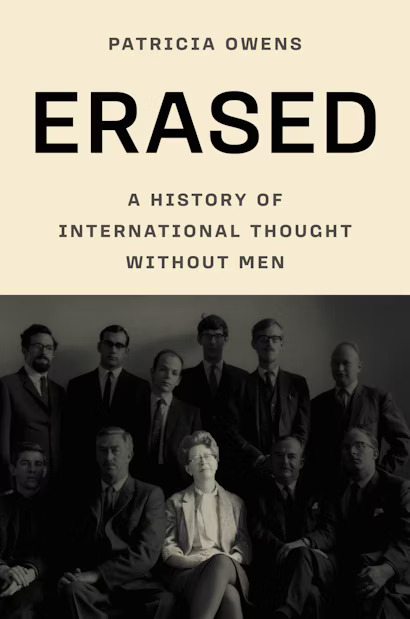
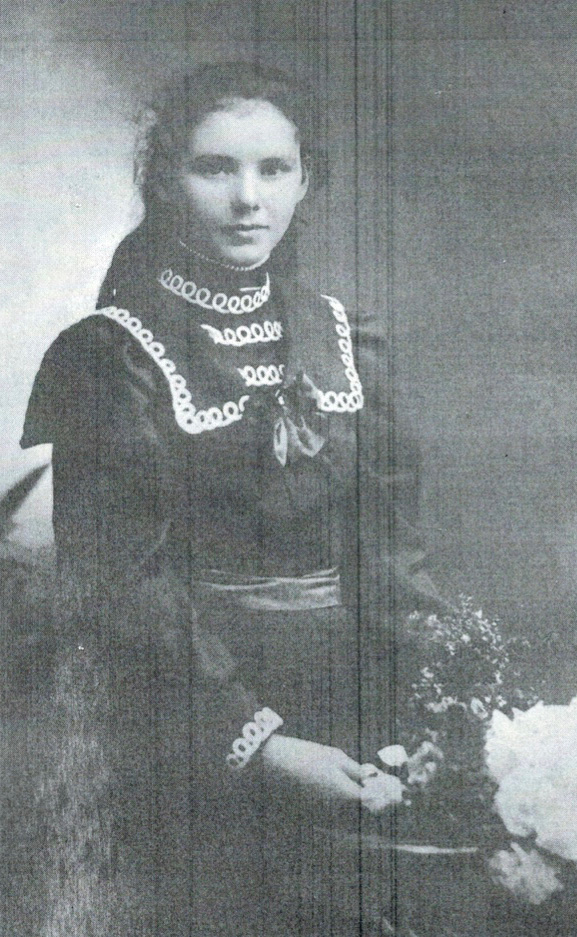
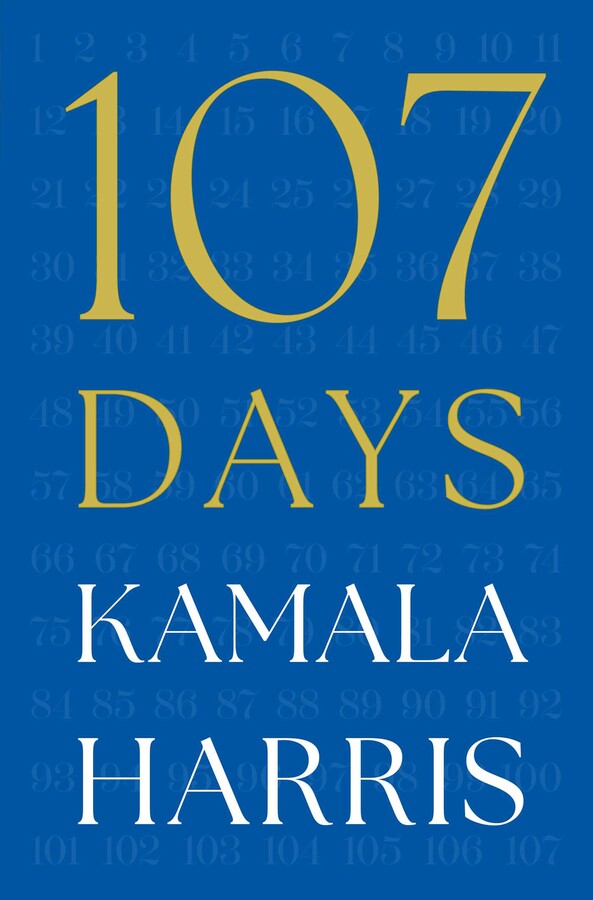
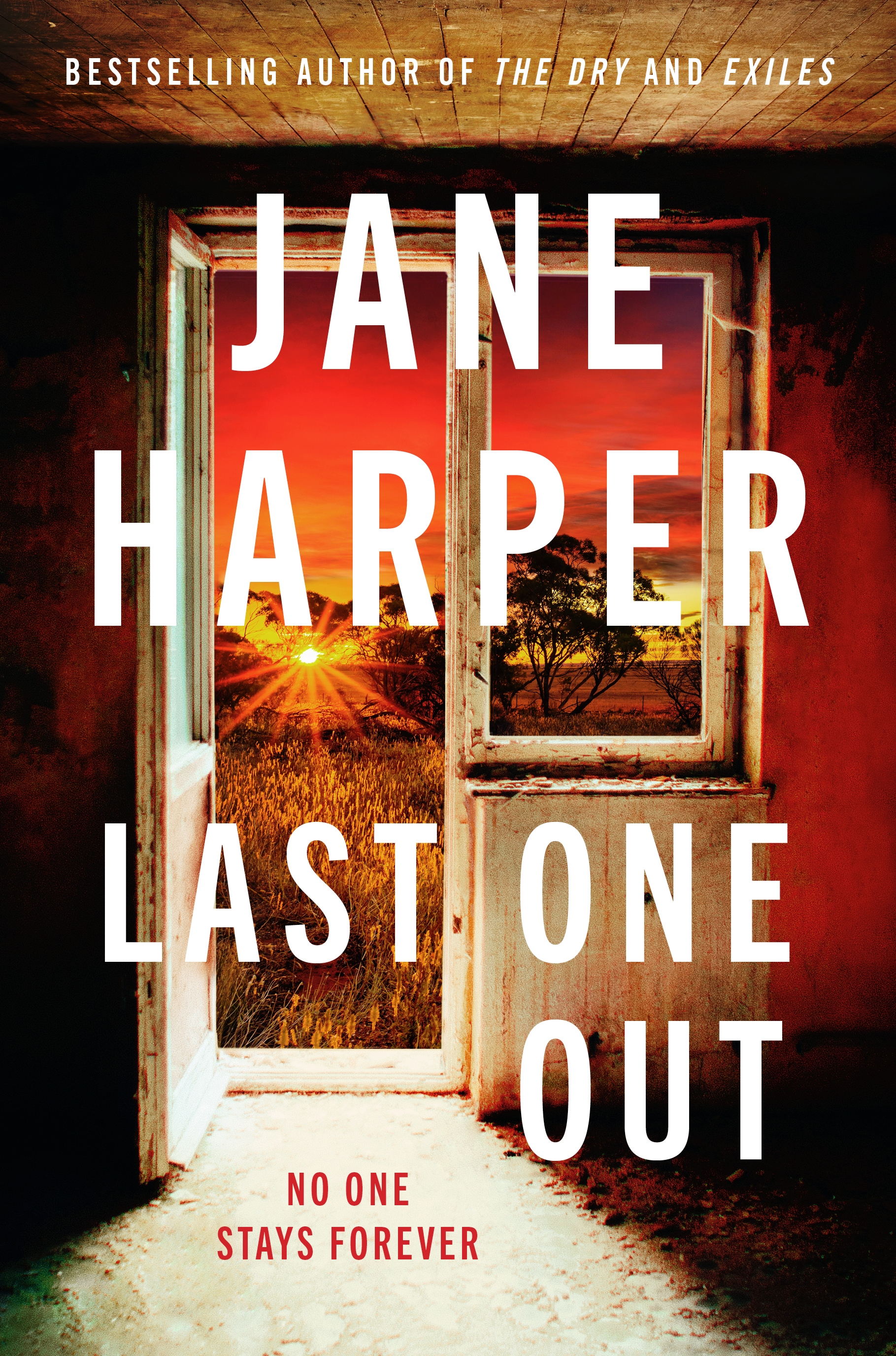
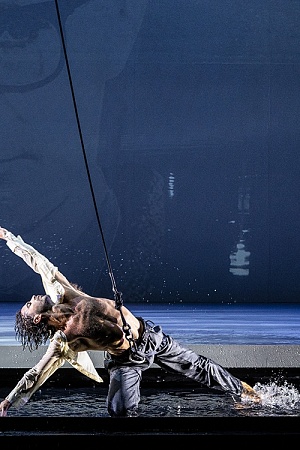
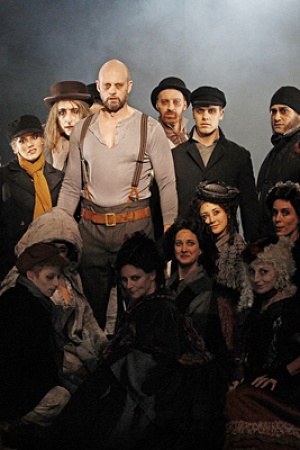
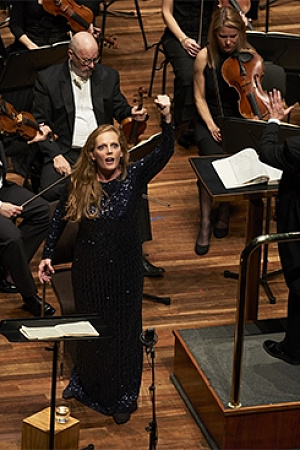
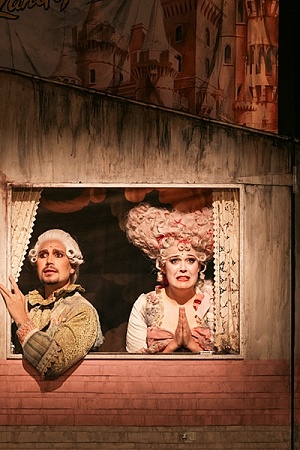
Leave a comment
If you are an ABR subscriber, you will need to sign in to post a comment.
If you have forgotten your sign in details, or if you receive an error message when trying to submit your comment, please email your comment (and the name of the article to which it relates) to ABR Comments. We will review your comment and, subject to approval, we will post it under your name.
Please note that all comments must be approved by ABR and comply with our Terms & Conditions.